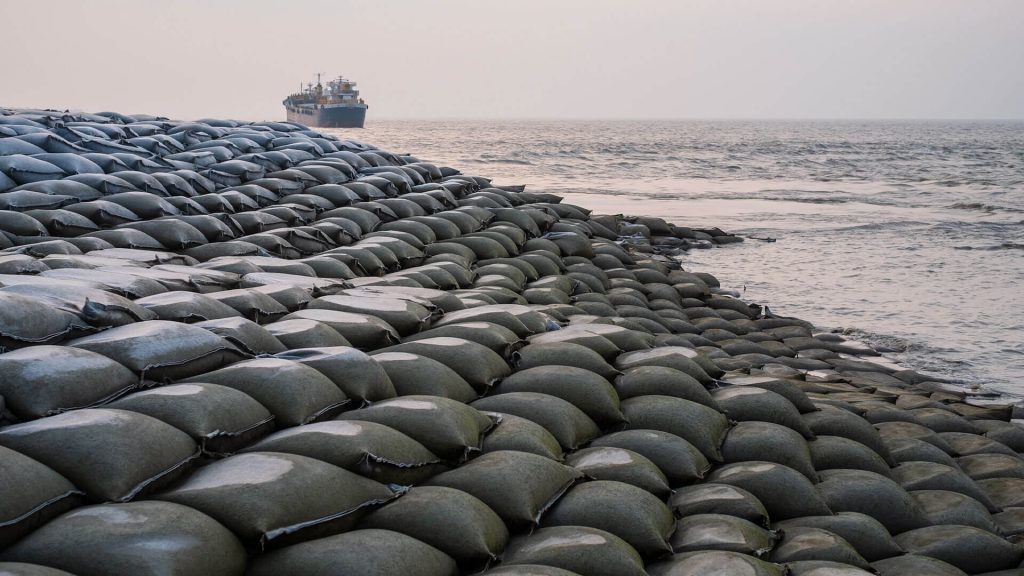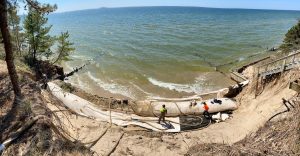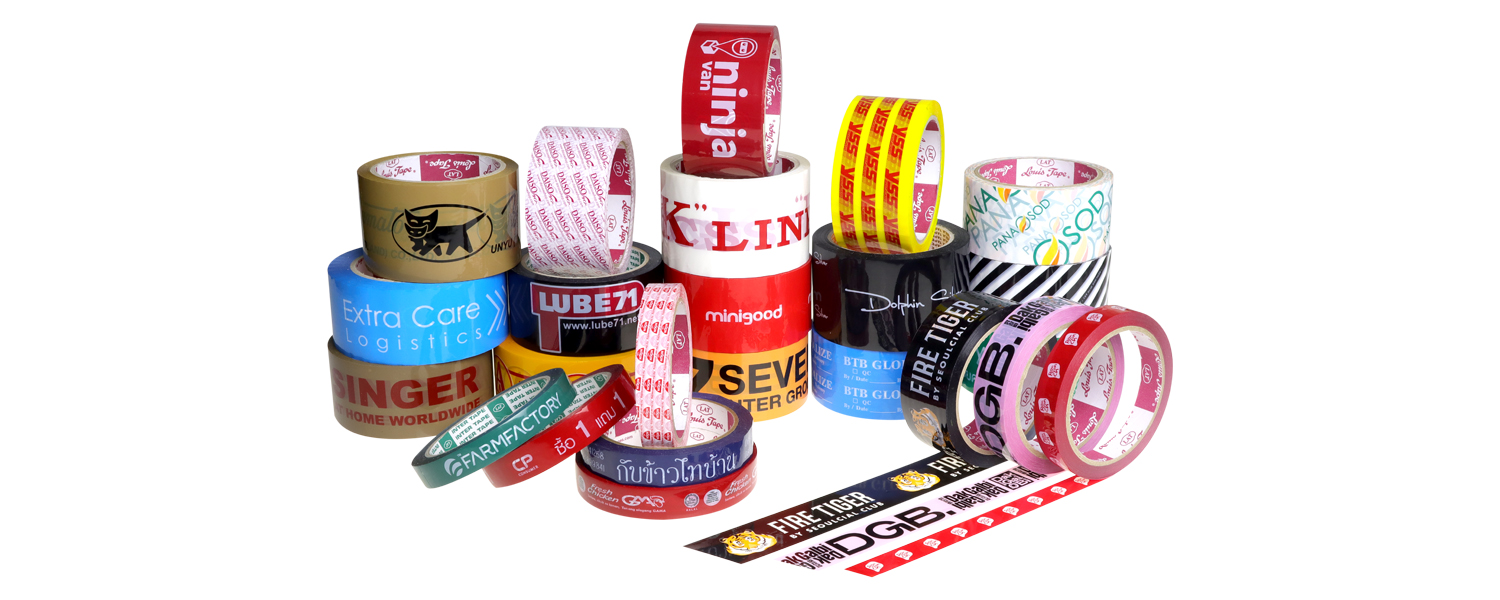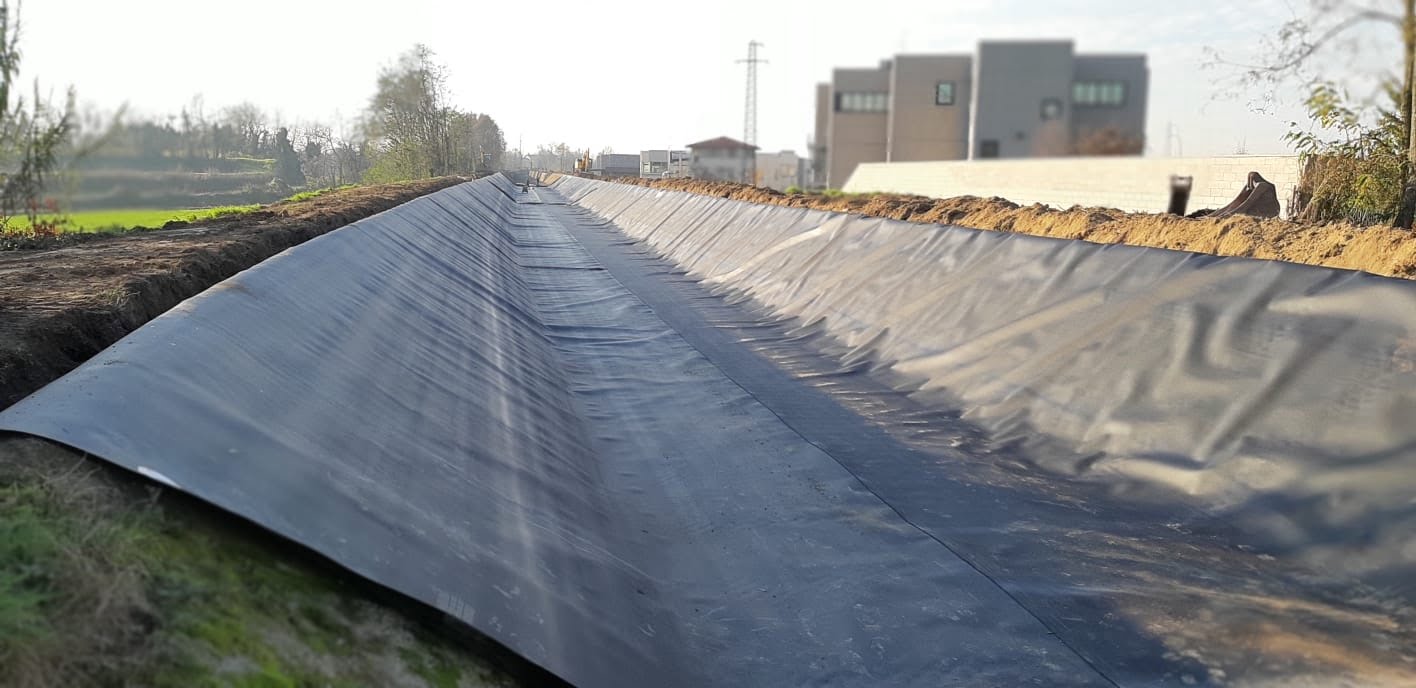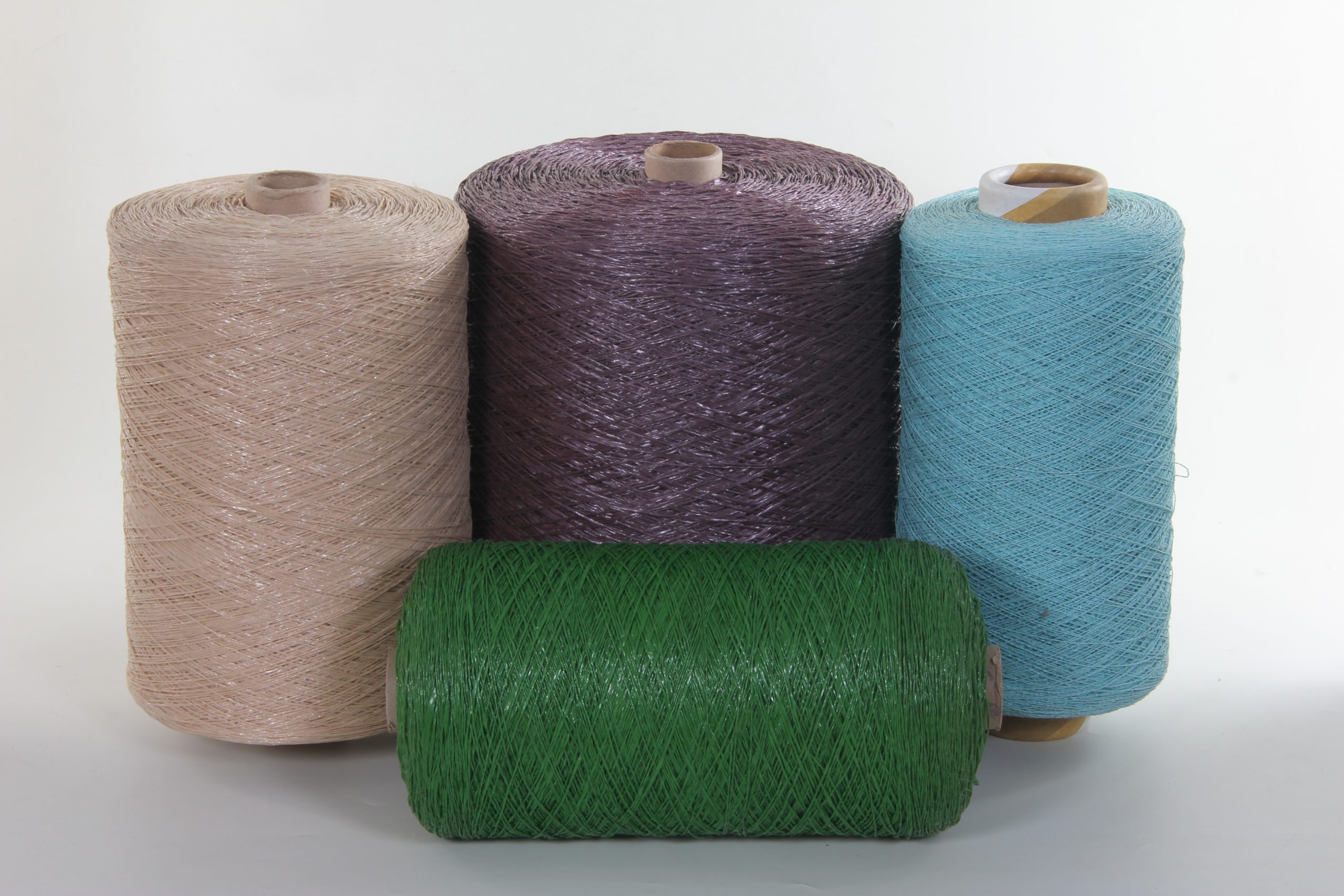Erosion Control: Geotextile bags are widely used in erosion control applications to stabilize slopes and embankments. They are placed along riverbanks, shorelines, and hillsides to prevent soil erosion caused by wind and water. Their permeable nature allows water to pass through while retaining soil, making them effective in controlling erosion and promoting vegetation growth.
Sediment Filtration: In water management systems, geotextile bags are employed to filter out sediments and pollutants from water sources. They are used in stormwater management systems, sedimentation basins, and water treatment facilities to ensure that clean water is maintained while preventing sediment accumulation and clogging.
Soil Stabilization: These bags are used to stabilize soil in construction projects, such as road embankments, retaining walls, and foundation work. By reinforcing the soil and preventing shifting, they help in maintaining the stability and integrity of the structures. This application is crucial in areas with unstable or loose soil.
Flood Protection: In areas prone to flooding, geotextile bags can be used as temporary barriers to protect properties and infrastructure. They are filled with sand or other materials to create flood barriers that help in redirecting or containing floodwaters. This temporary solution provides essential protection during flood events.
Landscaping and Civil Works: Geotextile bags are also used in landscaping projects to manage soil and control erosion. They are employed in garden beds, terraced landscapes, and other outdoor spaces to provide structural support and prevent soil loss. Additionally, they are used in civil engineering projects to improve soil quality and manage water flow.
Coastal and Marine Engineering: In coastal and marine environments, geotextile bags are used to create artificial reefs, protect shorelines, and support coastal development. They help in managing sediment transport, reducing erosion, and preserving marine habitats. Their durability and resistance to seawater make them suitable for marine applications.
Mining and Quarrying: In the mining and quarrying industries, Geotextile bags Manufacturers makes it to manage soil and water runoff, control erosion, and support reclamation efforts. They help in stabilizing mining sites, reducing environmental impact, and ensuring safe and efficient operations.

